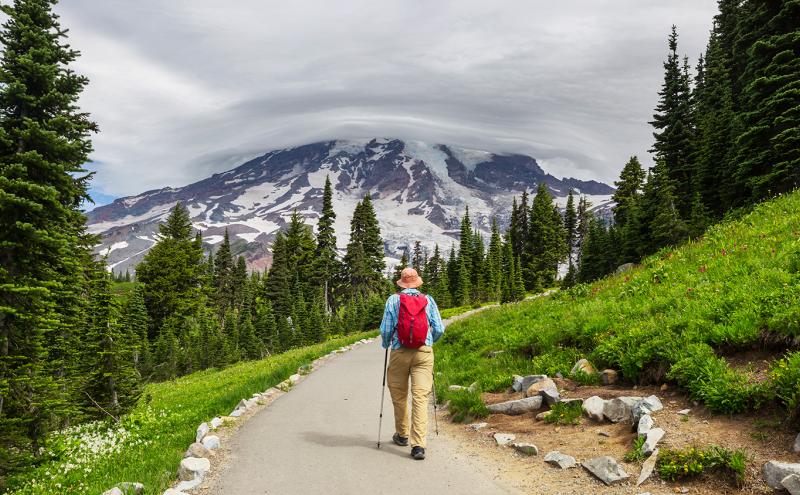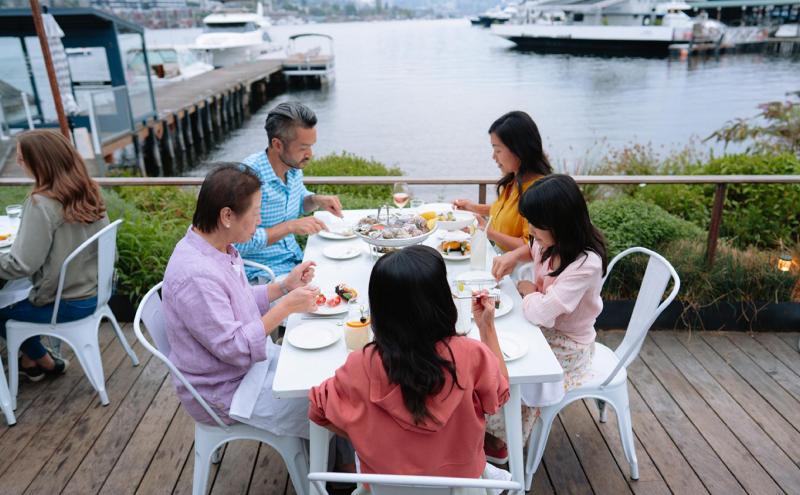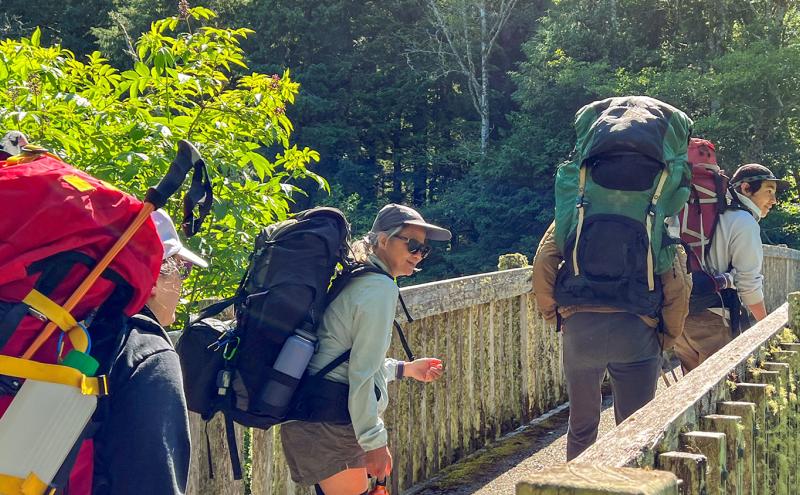
When it comes to building back tourism from the economic impacts of COVID, greener is better. Tourism is a huge economic driver for our state — it’s our fourth largest industry providing approximately 182,000 jobs. It’s also a really big priority for the Port because we own and operate Seattle-Tacoma International Airport (SEA) and three cruise ship berths.
So, how do you build tourism back greener? Department of Commerce Secretary Gina Raimondo answered it this way:
“The impact of COVID-19 has taken a toll on our national and local economies, but it also has presented us with a unique opportunity to mold a more inclusive, equitable, sustainable, and resilient travel and tourism industry than ever before. Our new strategy leverages the best of what the U.S. public and private sectors offer, which will promote jobs, recover lost revenues, and inspire unforgettable experiences.”
Secretary Raimondo also posed the “how question" to the U.S. Travel and Tourism Advisory Board (TTAB), on which I serve, and we just finalized our letter to her. Five subcommittees came up with recommendations about:
- Addressing Sustainability in Areas with High Concentrations of Visitors
- Attracting Talent to the Tourism Workforce
- Advancing Seamless Travel and Improving the Infrastructure to Support It
- Communicating the Welcome
- Support for Accessible Travel
In our state, we’re fortunate to have countless natural treasures that lure tourists from all over the globe to visit. That’s great for the economy, especially in rural parts of the state where nature looms large. But tourism can be hard on the natural and cultural assets of destinations because places can get loved-to-death. So, I chose to sit on the TTAB Sustainability Subcommittee, and we came up with these recommendations:
- The Department of Commerce should adopt the Global Sustainable Travel Council’s framework as the national standard for tourism sustainability measurement
- Develop a sustainability tool kit containing a comprehensive list of best practices
- Develop a comprehensive listing of cultural and heritage tourism sites
- Provide small, diverse-owned businesses with the necessary technical assistance and resources required to fully access the economic benefits of tourism
- Support Brand USA’s ongoing work with key international tour operators to develop itineraries that intentionally integrate sustainable and cultural/heritage tourism
- The National Travel and Tourism Office (NTTO) collaborates with the Department of State, Department of Transportation, CBP, DHS, and FAA to adopt, promote, and support consistent messaging (regarding sustainable tourism) that would greet incoming and returning visitors regardless of point/method of entry
- Advocate for a whole-of-government approach to provide the funding and other resources needed to address the significant deferred maintenance and improved infrastructure requirements of these vital natural resources
- The letter to Secretary Raimondo goes into more detail
The future of tourism — Nature positive tourism
The pandemic gave us a glimpse into the impacts of unmitigated nature travel. Multitudes of people with varying levels of experience took to nature for a safe experience. Many of them discovered nature for the first time. Though it’s wonderful that so many more people are receiving the benefits of the great out-of-doors, it often creates strains on the sites, and land managers are struggling to find ways to cope. Mount Rainier National Park, which has $298 million in maintenance backlogs, is so well-loved that its managers are considering a reservation system, which while needed, will deny some people the opportunity to visit the mountain when they want.
European travelers are accustomed to knowing if their destinations are certified sustainable. Last year, at the Responsible Outdoor Travel Summit, which the Port co-sponsored with State of Washington Tourism, I learned from an Expedia representative, that 70% of consumers globally have avoided a travel option due to skepticism that a destination’s commitment to sustainability was sincere. The State of Washington Tourism program has embraced this effort and will be hosting another Responsible Outdoor Summit as part of its annual tourism conference on October 26th in Yakima.
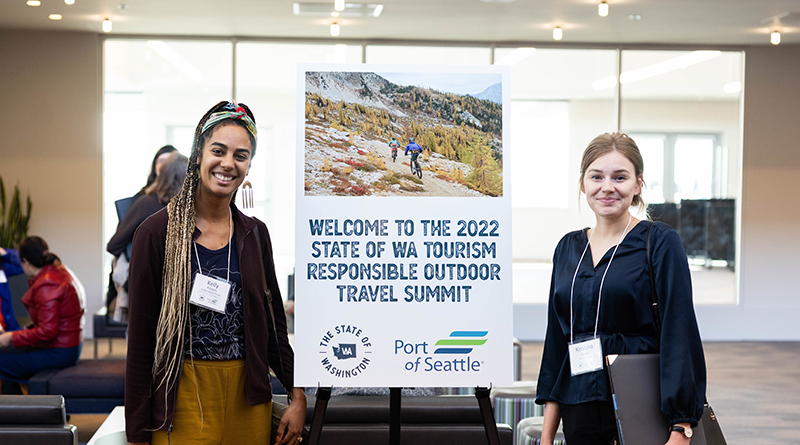
The Global Sustainability Tourism Council (GSTC) assesses the sustainability of destinations so destination stewards can better understand what needs to be done to become fully sustainable. GSTC also accredits other organizations to certify the sustainability of destinations. The assessments and certifications are more common abroad, but Sonoma County Tourism recently finished its GSTCC assessment and is in the process of seeking certification. They even hired a Director of Sustainability to have the capacity to implement the findings.
The Port is in the business of encouraging more travelers to visit the Pacific Northwest. It’s good for our economy. We promote SEA as the best North American Airport in 2023 and we recommend that cruise passengers stay longer to enjoy our sites.
However, if we’re going to inspire more people to visit our sites, we need to do so responsibly. That’s why I’m working with the Snoqualmie Tribe and the Mountains to Sound Greenway to try to establish a nature-positive-tourism pilot project in King County that will further establish our reputation as a green community and help protect and restore our natural treasures. Snoqualmie Falls is already a highly sought out destination. It’s an easy day trip for our cruise passengers, but without adequate safeguards in place, the region’s capacity to preserve the experience for visitors and community members can be overwhelmed, and the environment can suffer.
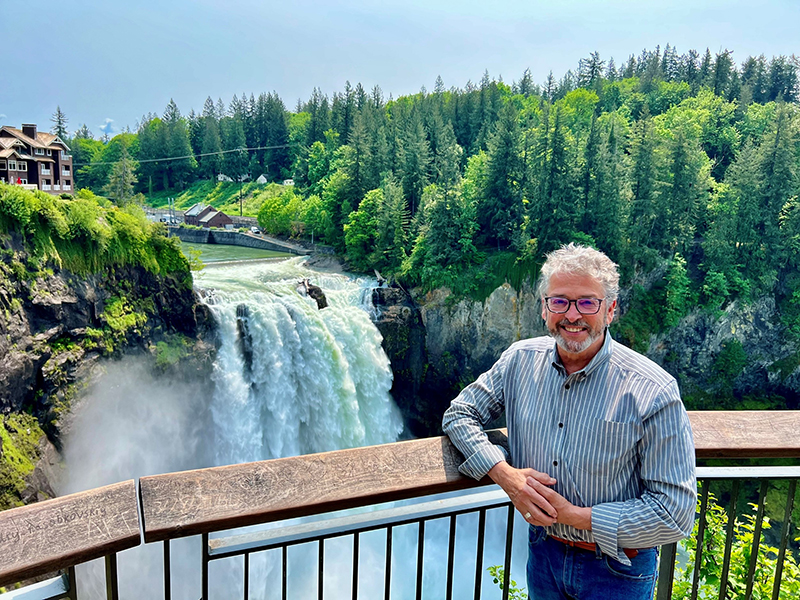
Hawai’i has already initiated an inspiring example of nature positive tourism. The Malama Hawai’i Program is a collaboration among the State of Hawai’i, the Hawai’ian Visitors and Convention Bureau, the Hawai’ian Tourism Authority, and several nature-based nonprofits and hotels. Malama means “take care” or “give back.” Tourists who agree to help clean up a beach or a reef or plant indigenous species, for example, receive a free night of lodging or other discounts. But this “voluntourism” is more than a way to save on your travel budget, it also instills a sense an environmental responsibility that impacts generations to come. So, don’t forget, when you pack your bags, pack your sense of responsibility, too!
I’m looking ahead to the FIFA World Cup matches that will be played in Seattle in 2026. Tourists from all around the world will come to see our city and our nature. I appreciate the work of the Pacific Northwest Economic Region (PNWER), which is creating a Regional Tourism Council to prepare for the FIFA visitors and to encourage responsible, sustainable travel. My goal is for us to have a GST-certified nature-positive tourism destination in the Snoqualmie Valley established in time for us to promote responsible ecotourism by 2025.
There’s still much work to be done. I’m currently reaching out to key stakeholders to build the team for the ecotourism pilot project. My plan is to start by analyzing data about travelers’ behaviors, then conduct a GSTC assessment, and research programs elsewhere that could help us find one that’s the right fit for the Pacific Northwest.
I’m proud that the Port is helping to lead the way towards a more sustainable travel and tourism industry that will help us protect and restore the natural assets we love in the Northwest. In this way our region can economically benefit from the recovery of the tourism industry responsibly.
Subscribe to email updates from Commissioner Felleman

